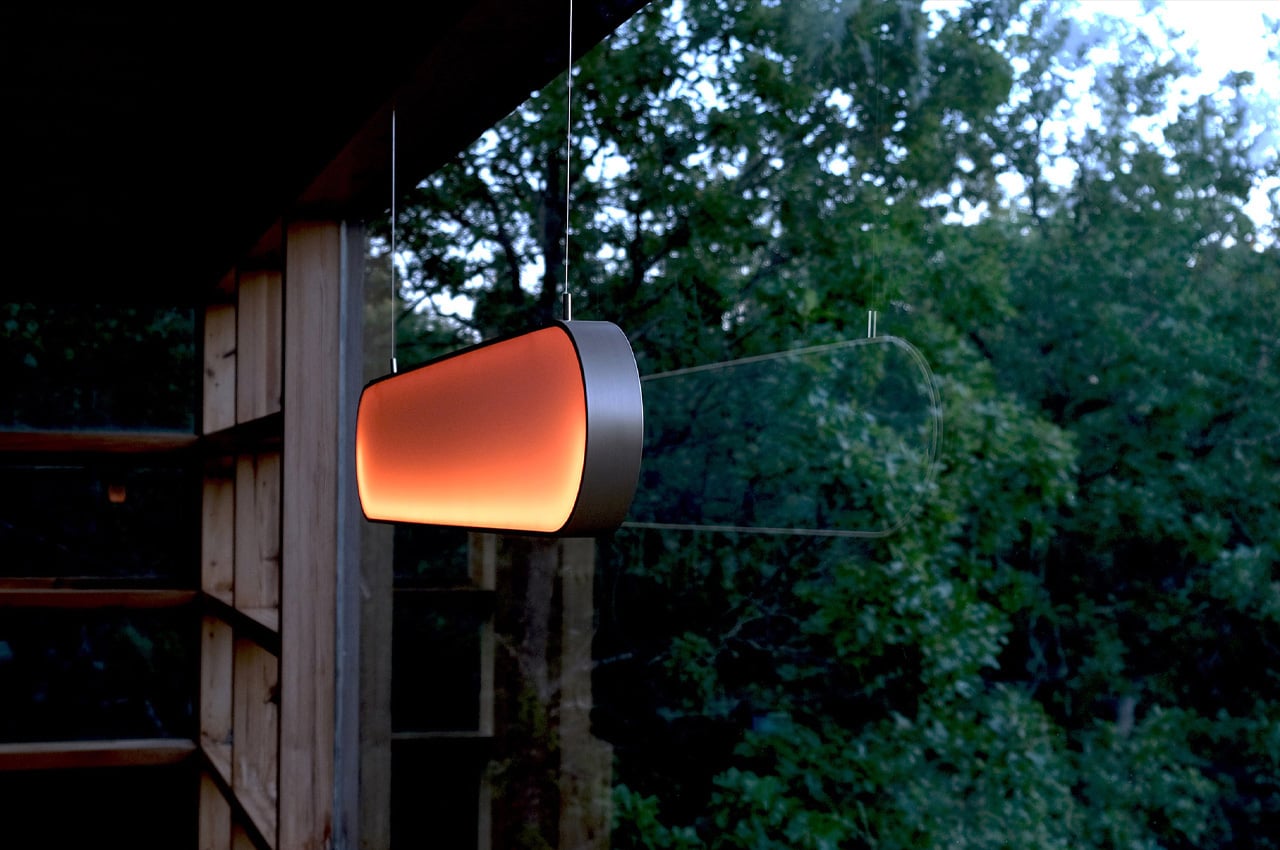#Why Seth Curry’s positive COVID-19 test didn’t stop Nets game

“#Why Seth Curry’s positive COVID-19 test didn’t stop Nets game”

On the one hand, the Nets are without Kevin Durant and Tyler Johnson due to NBA-mandated quarantines, even though both players have tested negative for COVID-19.
On the other hand, the Nets still played Friday in Memphis, Tenn., even though Seth Curry’s positive COVID-19 test came in right in the middle of a game between his 76ers and the Nets at Barclays Center the night before. Yeah, it’s that kind of season.
“There are protocols in place that the CDC helped generate and design,” Nets coach Steve Nash said. “We have a lot of faith in the league’s diligence, all that they’ve learned through the bubble process to [help] protecting the league and the players.
“Our guys, we all are concerned, just as every citizen should be. But we have trust in the league and their protocols that we’re going about it in as safe a manner as we can in order to play.”
Memphis big man Jonas Valanciunas was ruled out of the second half of Friday’s game due to NBA health and safety protocols. He didn’t test positive for COVID-19, but it was for contact tracing.
The Nets have already lost two players who don’t have coronavirus, but have proceeded with business as usual despite what some would presume is close contact with an opponent who does. That raises the obvious question: Why?
“We’re just [so] prepared and used to it that we just keep moving,” Nash said. “We trust in the protocols and that there is an understanding at a really deep and high level from the league.”
That stems from NBA medical director Dr. John DiFiori and his own team in the league office.
“If someone is directly exposed to someone with COVID, and that exposure is considered concerning because of the distance, the time, whether the person was symptomatic or not at the time that they were around other people, all of these factors come into play,” Dr. DiFiori told The Post. “There are other factors that can come into play as well that relates to the exposed person’s individual health status.”
The first part of demystify the NBA’s safety protocols is to understand “close contact” isn’t what many layman would presume.
Dr. DiFiori, NBA senior VP/player matters David Weiss and a team of doctors pour over COVID-19 test results. The league has a group of contact tracers — three and growing — and has ordered teams to have a contact-tracing group of an officer and two managers. They also have contact-tracing devices for players.
The decisions on the quarantine periods are meted out by an NBA committee after exhaustive talks with team committees. Any player with known contact to someone with COVID-19 gets a recommended quarantine, which usually is seven days from their last contact, while players with no known exposure to an infected person, but exposure to high-risk situations, get shorter quarantines.
The most misunderstood aspect is likely proximity and threat level. Sitting unmasked in a cramped, poorly ventilated room is very different than running up and down the court in a cavernous arena.
“There are many factors that go into this: Space, the distance between the individuals, the length of time, the setting,” Dr. DiFiori told The Post.
“Was it indoors? Was it outdoors? Was it indoors in an office? Was it indoors in a meeting room? Was it indoors on a basketball court where the air volume is much greater and the ventilation is also much, much better? All of those things come in to context whenever we’re assessing potential exposure.”
The NBA uses stats from Second Spectrum to actually look at exposure time and distance players were away from each other. They can compile them and measure them down to the foot and the second, and most players shockingly spend about five minutes in what could be viewed as a dangerous proximity with any other player in an average game.
“What we’re seeing is the times can vary a bit … but you’re in the ballpark when you’re saying five minutes. It’s not unusual for us to see the cumulative time is five minutes or less on the court,” Dr. DiFiori told The Post.
“It’s very repetitive fleeting moments, seconds at a time on a basketball court, which seems to be quite different than the risk that someone might have eating two feet away from someone else for half an hour, or having a massage in a closed space for an hour. All those factors come into play.”
If you liked the article, do not forget to share it with your friends. Follow us on Google News too, click on the star and choose us from your favorites.
For forums sites go to Forum.BuradaBiliyorum.Com
If you want to read more News articles, you can visit our News category.




